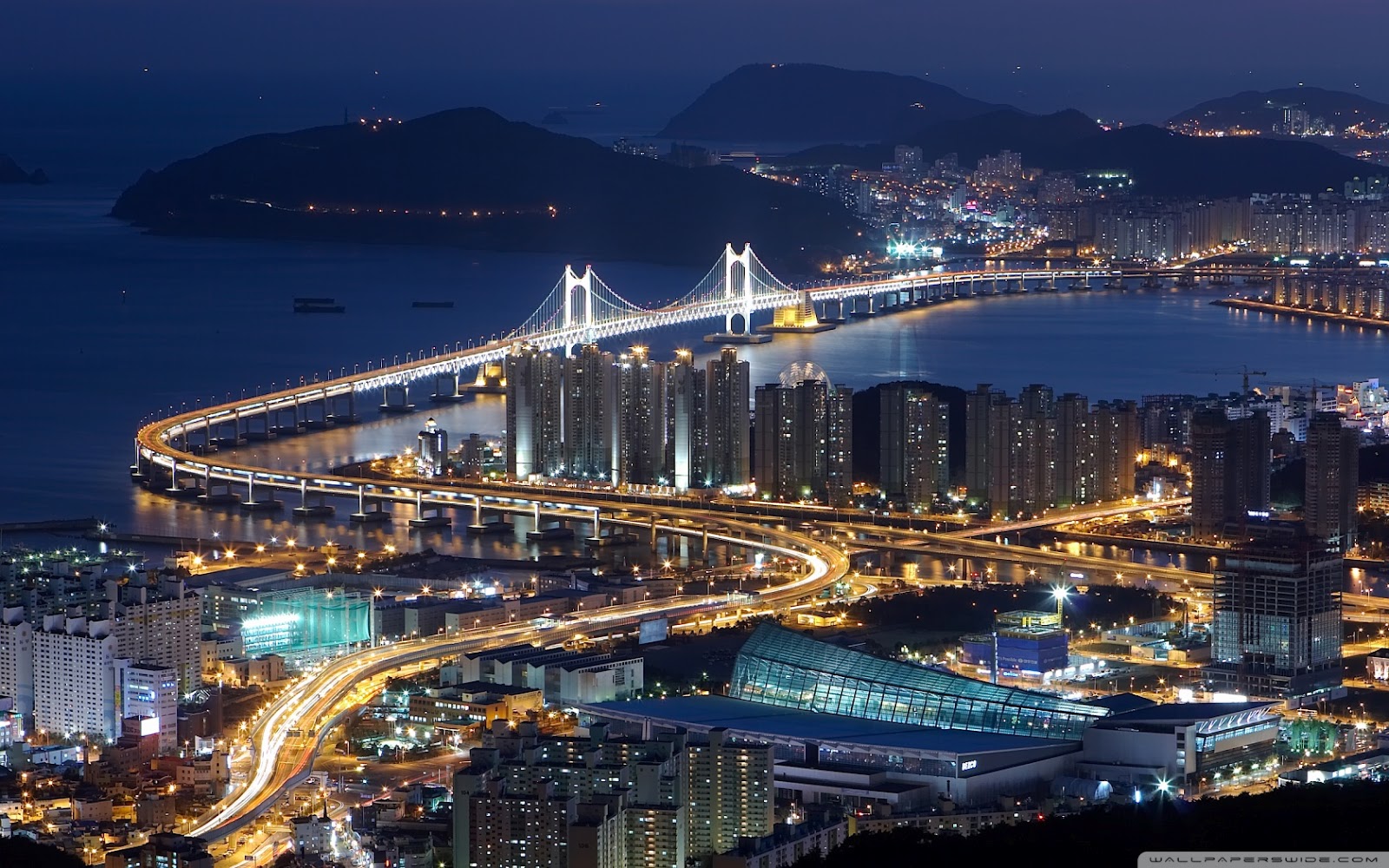The city of Busan sits on the Korean Peninsula’s south-eastern coastline, just a short flight from Asian capitals like Beijing and Tokyo, and a two-and-a-half hour bullet train ride from Seoul.
South Korea’s largest port and the second-largest city spread out along the jagged coastline of the Yeongnam Region and rises into a sea of mountains beyond. From the shellfish which drew Paleolithic gatherers to its rugged shores, to the never-ending offerings of Jagalchi Fish Market, …from the Joseon ships of old, to the dockyards which helped drive South Korea’s economic miracle, Busan has forever been linked to the ocean.
As the world races further into the 21st century, Busan continues to evolve, into a haven where hard-working Koreans can let their hair down, reflect on the past, and peer into the future.
Haeundae Beach
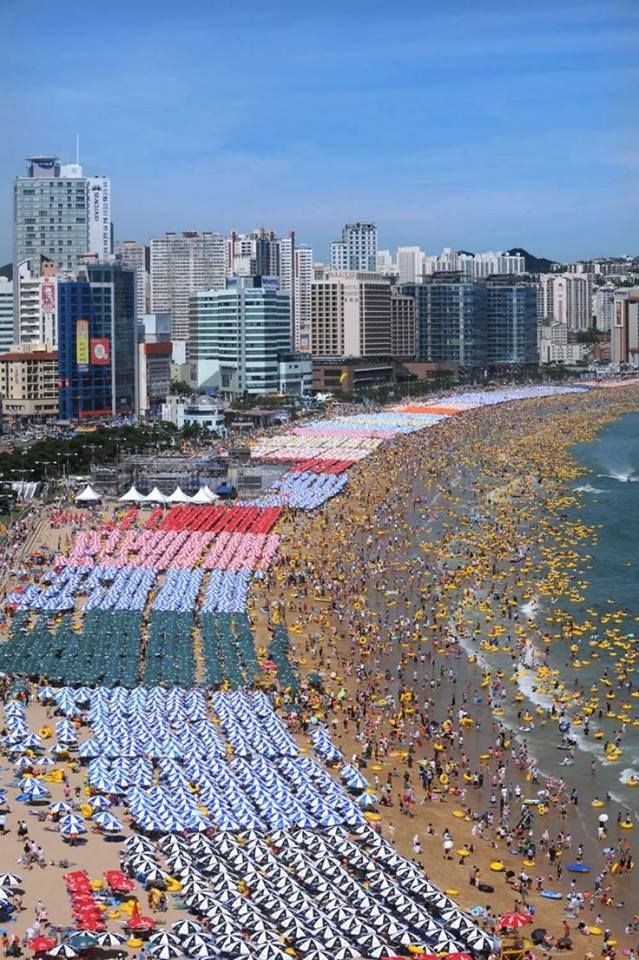
While the bustling port underpins Busan’s economic vitality, it’s the city’s beaches which increasingly draw travelers from all over Asia.
Just a 40-minute subway ride from Busan Station is the city’s star attraction, Haeundae Beach, South Korea’s biggest and best-loved beachside hangout.
Dalmaji Hill

Follow the long sweep of sands eastward to Dalmaji Hill, an outlook adored by the wandering poets of yesteryear and the coffee lovers of today.
Dongbaek Park

While at Haeundae’s eastern end, take the paths through Dongbaek Park to APEC House, where Asian and Pacific leaders enjoyed some of Busan’s most celebrated views during their 2005 summit.
The half-moon curve of Gwangalli Beach
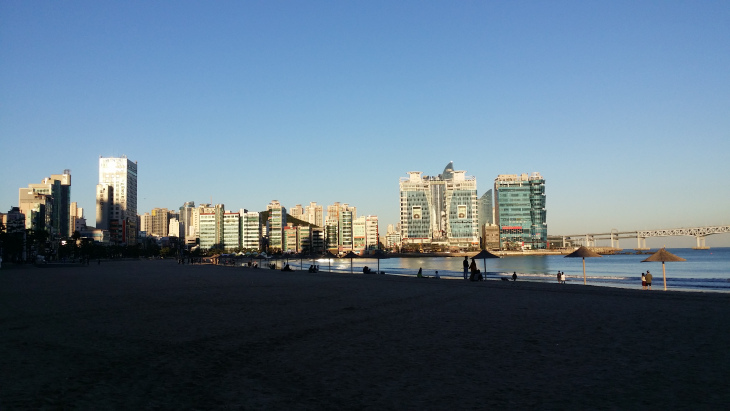
Busan’s ever-changing coastline offers scenery and activities to match your every mood. For total relaxation, unroll your towel on the half-moon curve of Gwangalli Beach, and enjoy gentle waters, laid-back vibes, and views to Diamond Bridge.
The fishing village of Cheongsapo
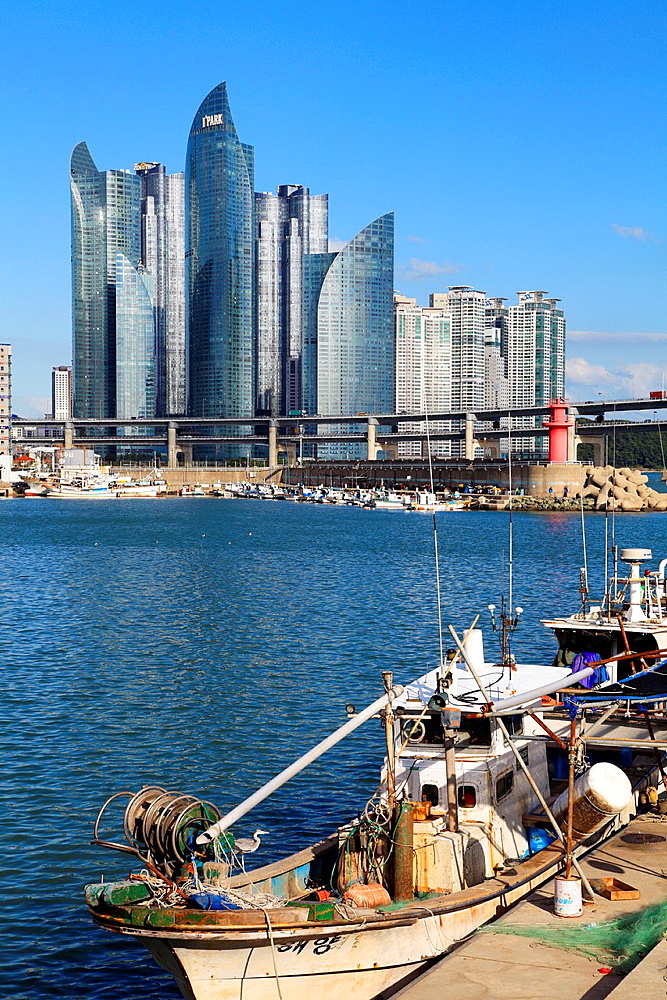
If you’re looking for adventure, join a charter at the fishing village of Cheongsapo.
The Yongho-Dong Peninsula
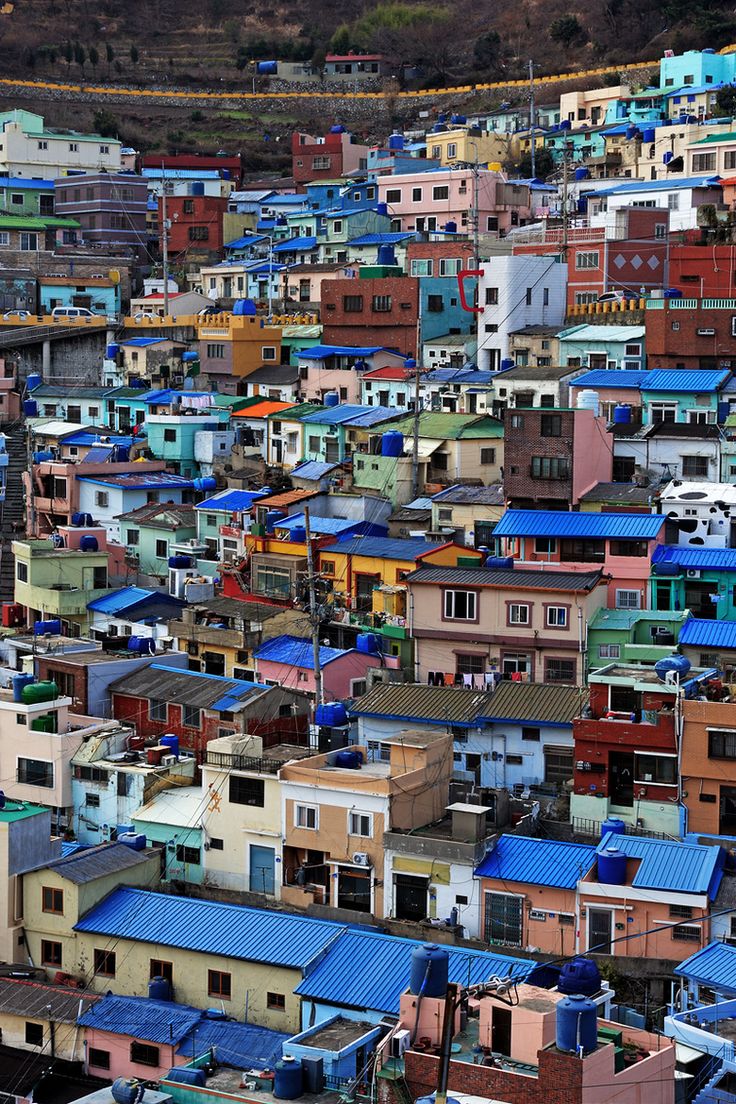
Or step out onto the skywalk at the end of the Yongho-Dong Peninsula, and take in the views of the Oryukdo Islands just offshore.
The Haedong Yonggungsa Temple
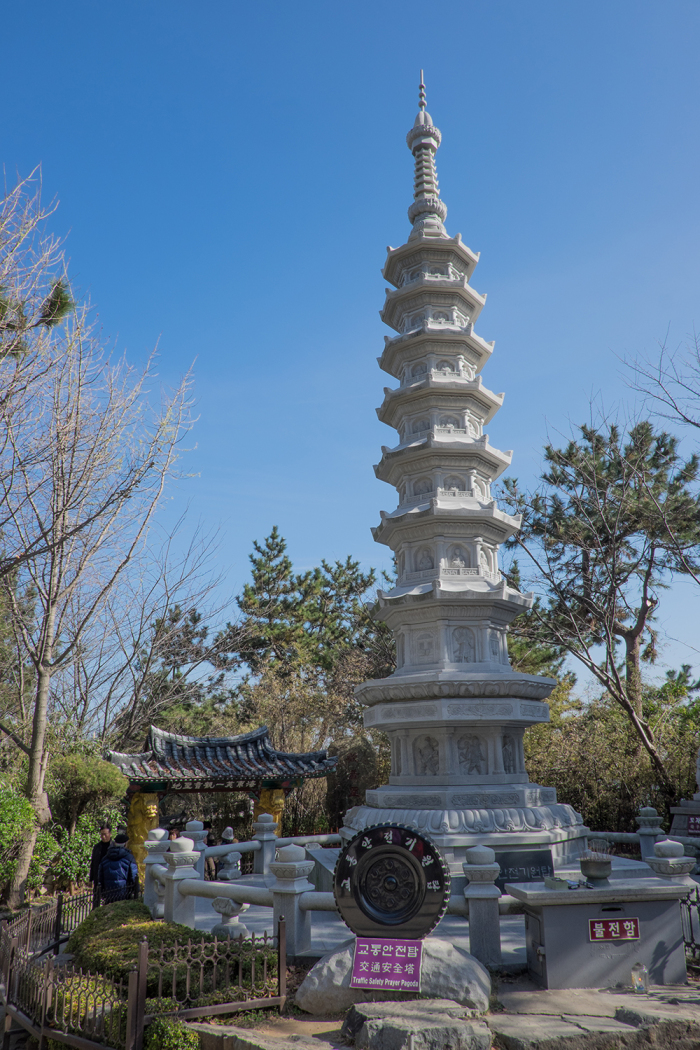
Seeking a little enlightenment? Head to Gijang, and make a wish at the Haedong Yonggungsa Temple, one of the few Buddhist temples in Korea built by the ocean.
Taejongdae Park
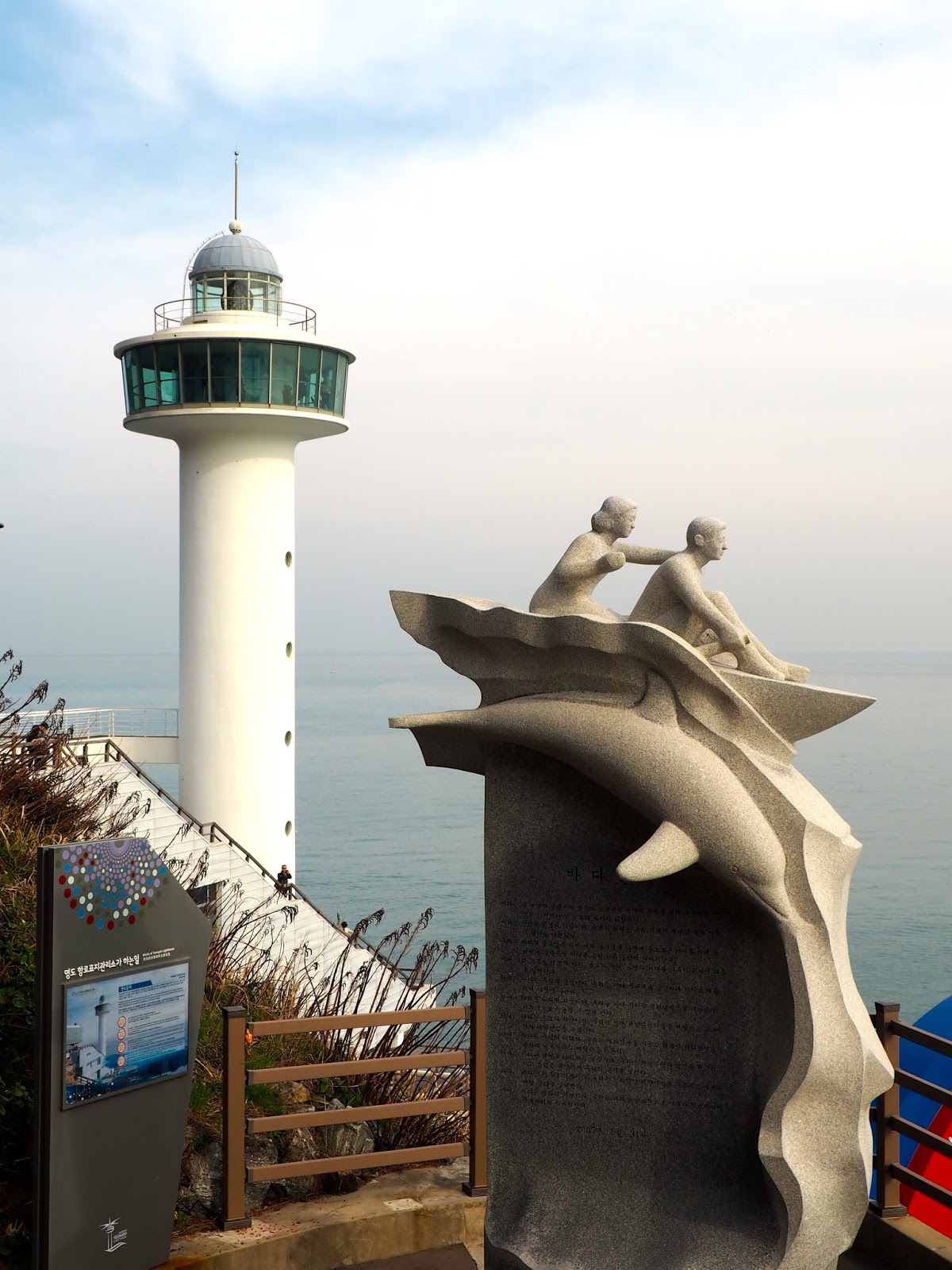
Cross historic Yeongdodaegyo Bridge and head to Taejongdae Park. It was at these cliffs where, according to legend, gods and goddesses once came to relax, and the 29th King of Silla spent his leisure time shooting arrows into the passing clouds.
For today’s mere mortals, the park’s the perfect place to slip into a slower state of mind as cargo ships journey to far off ports.
Songdo Beach

The meditative mood continues at Songdo Beach. Step across the swirling waters on the elevated walkway, whose curves depict a mythical dragon taking flight from its coastal lair.
Dadaepo Beach
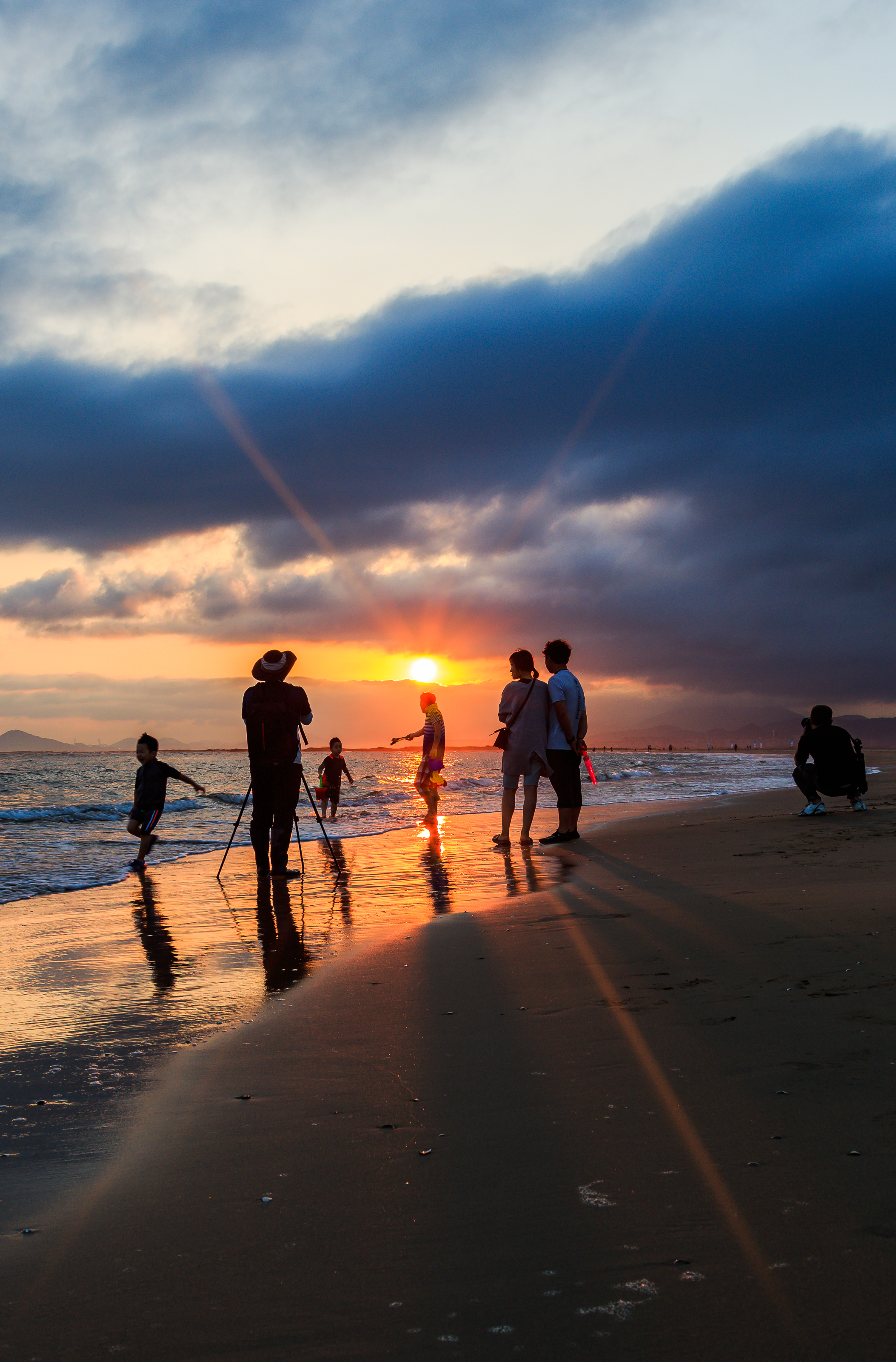
Then, let your mind wander and the kids run free at Dadaepo Beach. Here, at the mouth of South Korea’s longest river, the endless sands and sea mists blur the lines between heaven and earth.
Yongdusan Park
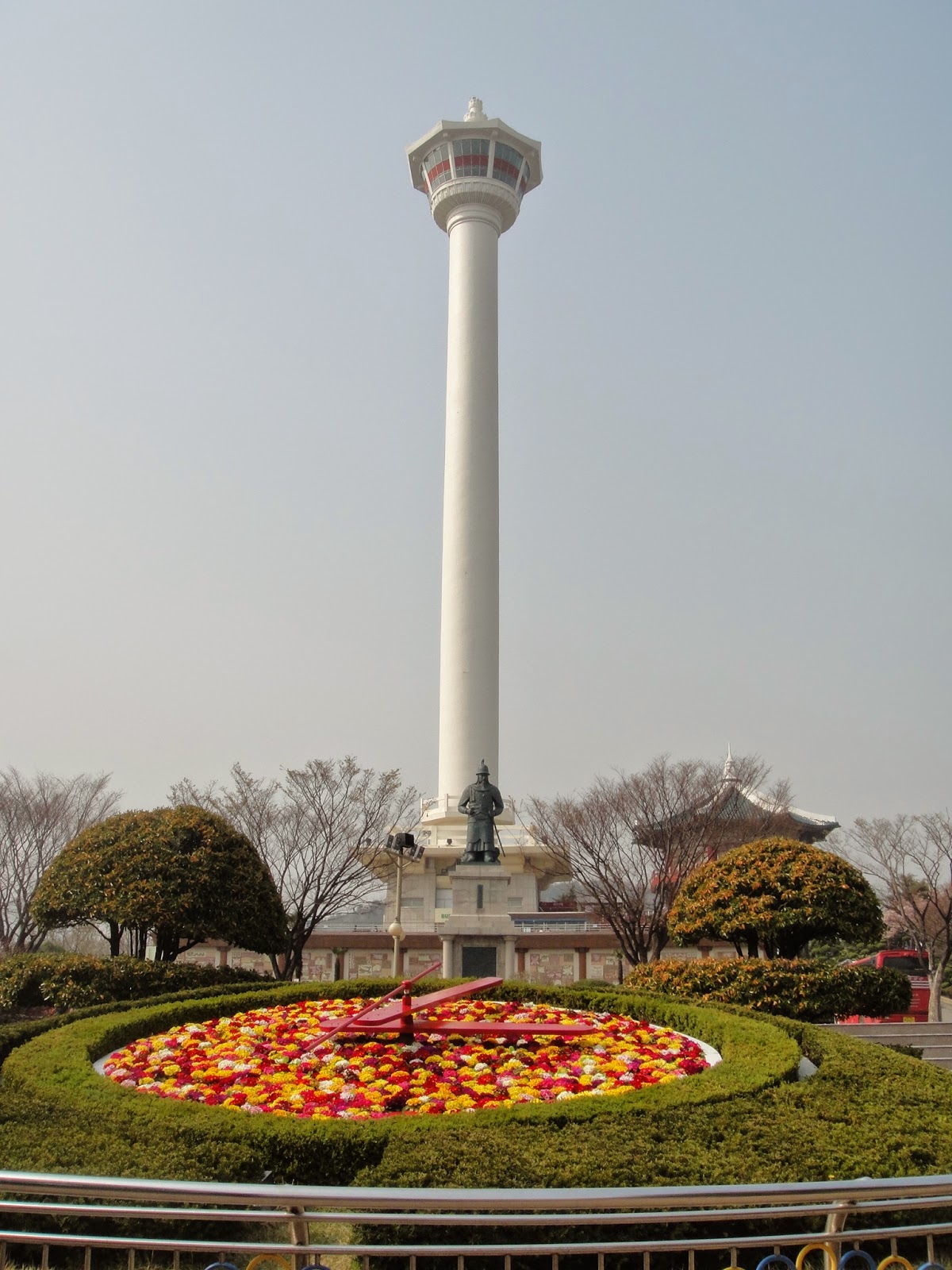
While Busan’s story has been continually shaped by the sea, it’s a city equally defined by its mountains. Just above the port, ride the escalator to the summit of Yongdusan Park and share the views with the statue of 16th-century naval hero, Admiral Yi Sun Sin.
Mt Cheonma
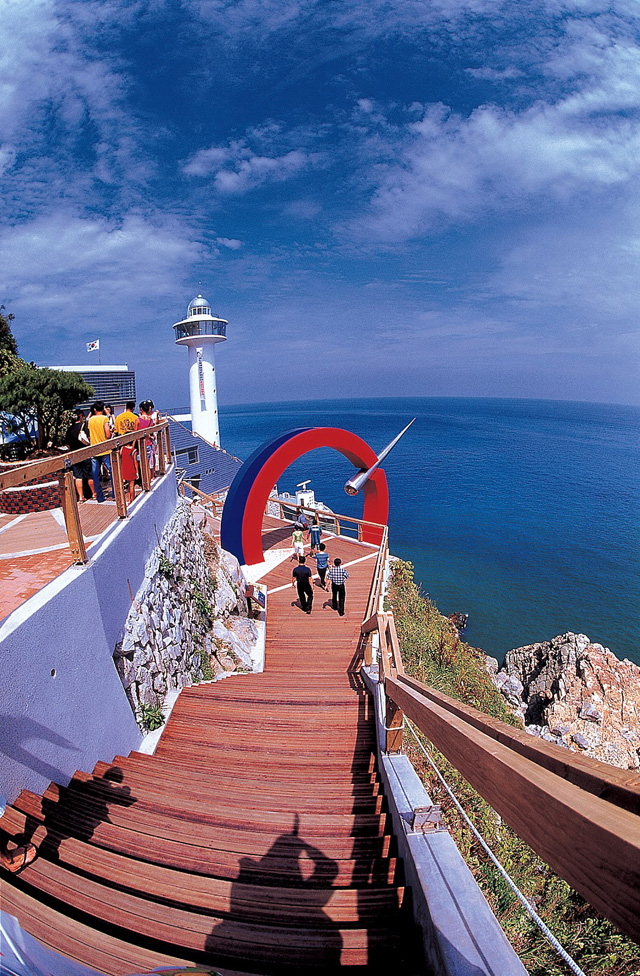
On nearby Mt Cheonma, take the 20-minute hike to the observation platform to see “Dynamic Busan” spread out before you.
Geumgang Fortress in Geumgang Park
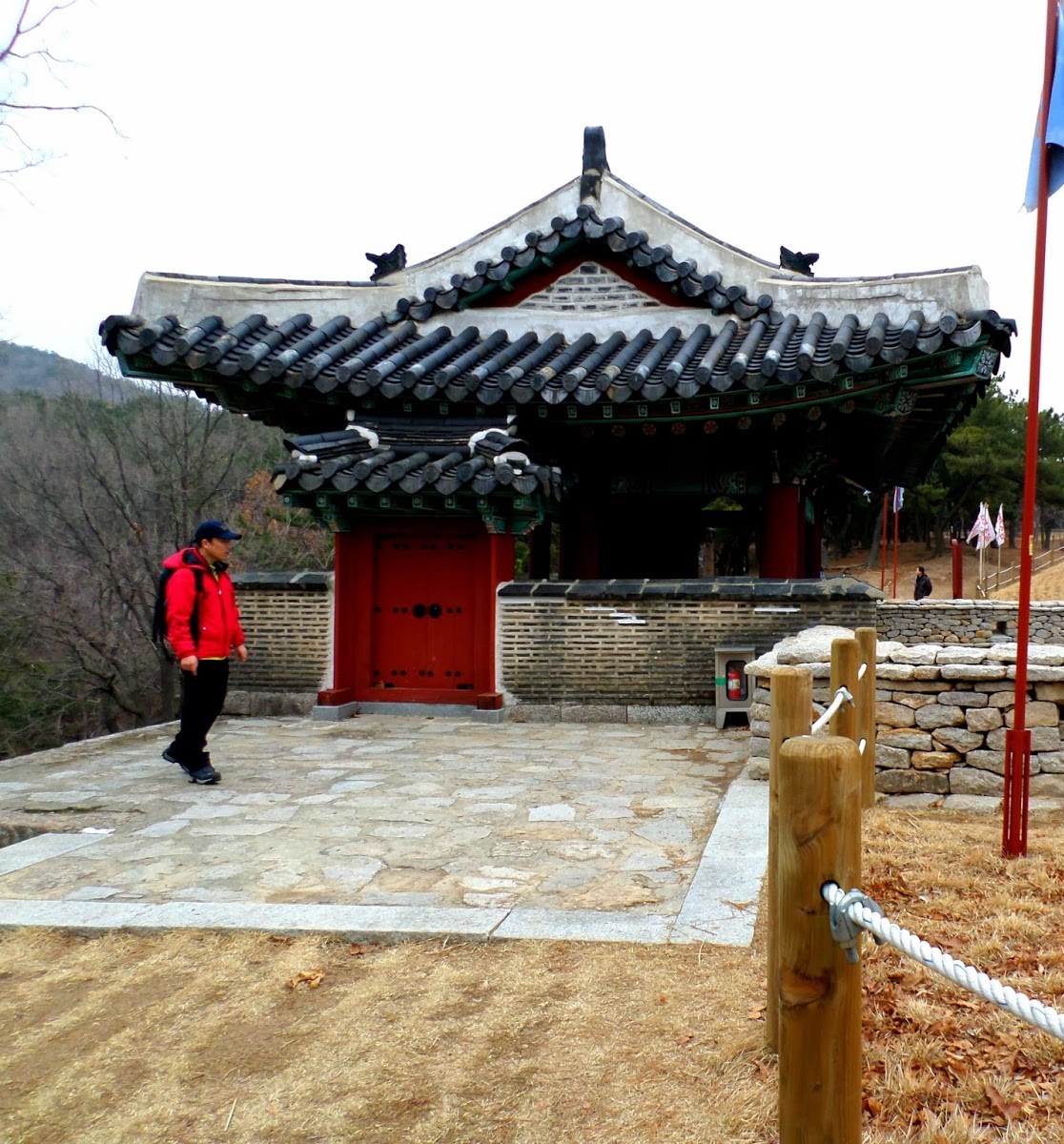
In the city’s north, climb aboard a cable car for the five-minute ride to Geumgang Park, the home to Busan’s highest peak. Join the thousands of locals who hike here each weekend, exploring the forest trails and walls of Geumgang Fortress.
Beomeosa Temple
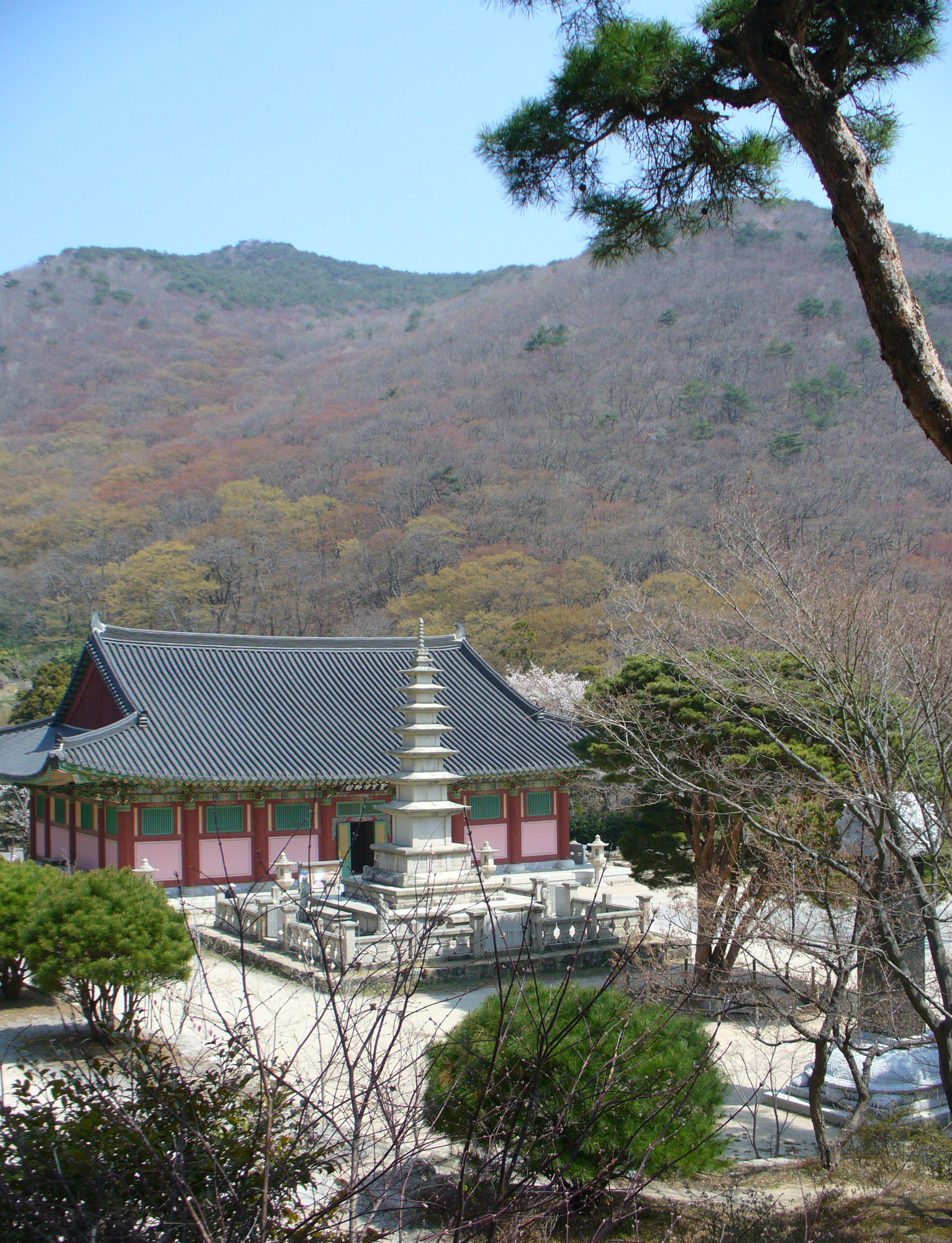
The park is also home to Beomeosa Temple, whose warrior monks fought off invaders in the 16th century, and again in the 20th.
Chungnyeolsa Temple
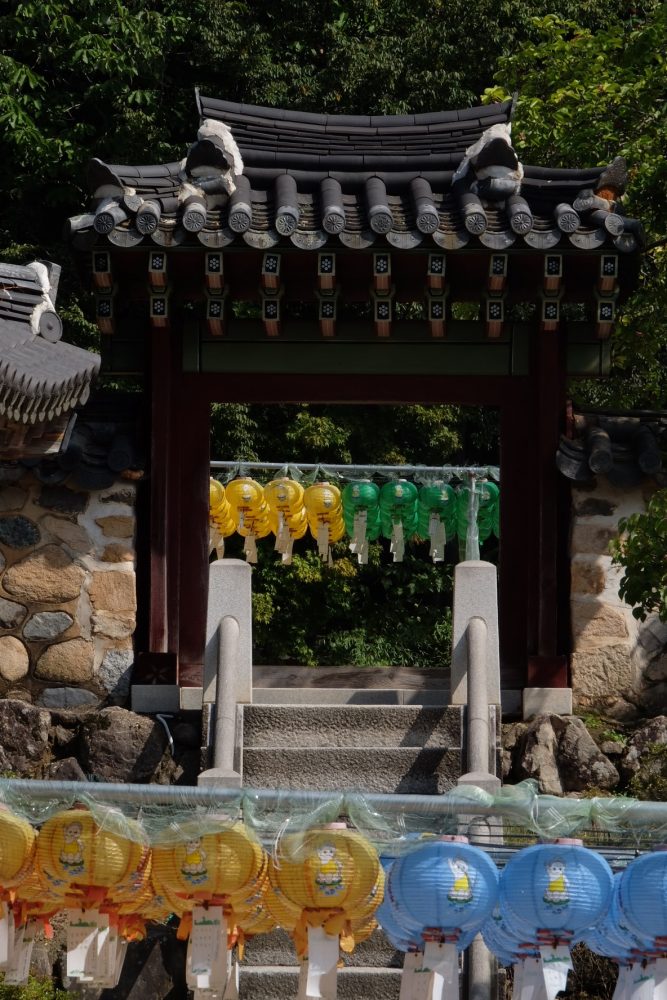
Busan never forgets its heroes, and at nearby Chungnyeolsa Temple, pay your respects to the spirits of Busan’s patriots who gave their lives when their city was besieged by Japanese troops in 1592.
The UN Memorial Cemetery
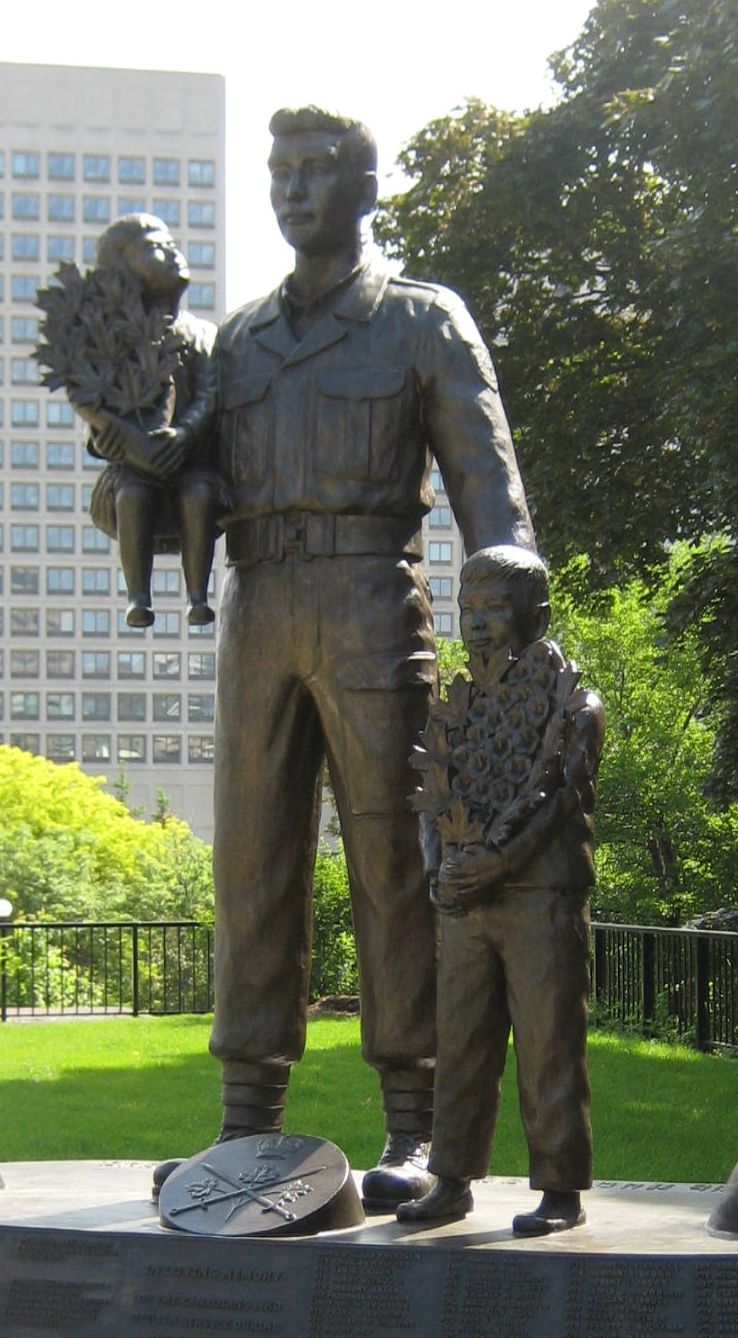
In 1950, Busan was again under siege. At the UN Memorial Cemetery, visit the gravesites of some of the 140,000 troops who formed a last-ditch perimeter around Busan, fighting off waves of North Korean soldiers.
The UN Peace Memorial Hall
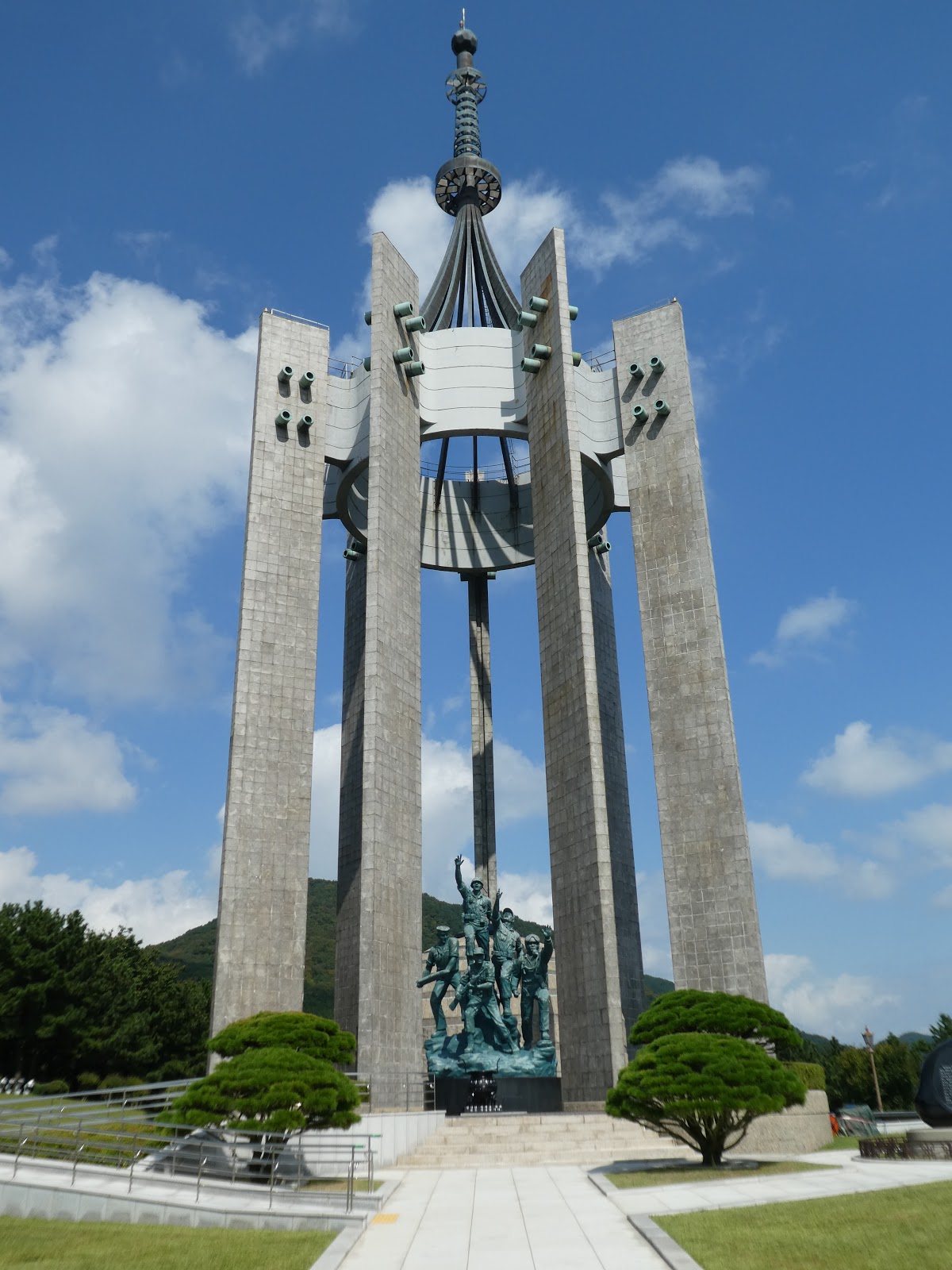
Busan was one of the few cities of the south not to fall during the Korean War, becoming a safe haven for over half a million refugees. At the UN Peace Memorial Hall, the sacrifices of both combatants and civilians are remembered, as are the stories of suffering from ongoing conflicts around the globe.
Busan’s traditional markets
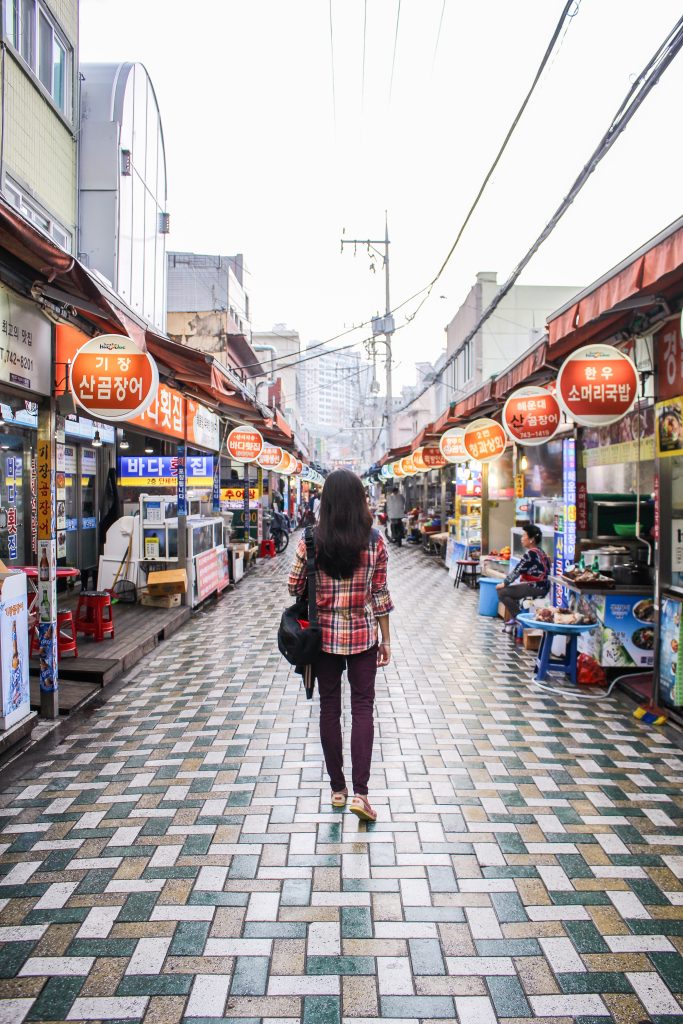
Busan owes much to its resilient refugees. Dishes born of post-war hardship have been perfected into culinary masterpieces. An alleyway where a refugee couple sold magazines discarded by American GIs grew into an entire street of bookshops. And a few humble stalls where the newcomers traded life’s basics is now one of Korea’s biggest and best-loved traditional markets, selling everything from Kimchi to sneakers.
Artwork of Gamcheon laneways and walls
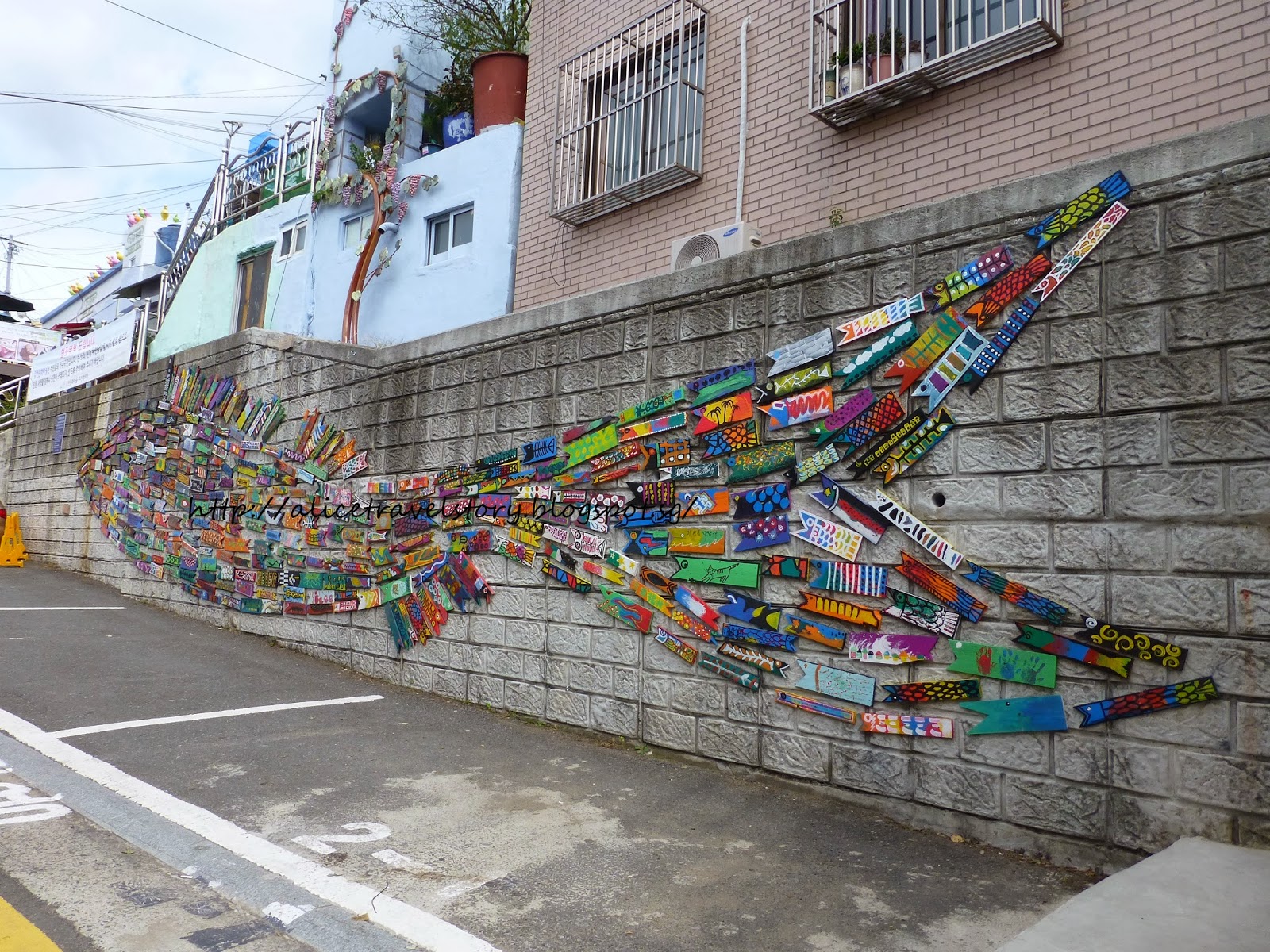
Busan’s refugees first filled the portside areas, before building hundreds of makeshift homes on the steep barren hills around the city. After years of keeping their noses to the grindstone, the residents of Gamcheon have embraced their creative side, adorning their laneways and walls with artworks which have transformed their neighborhood into one of the city’s top tourist attractions.
Museums and galleries of Busan
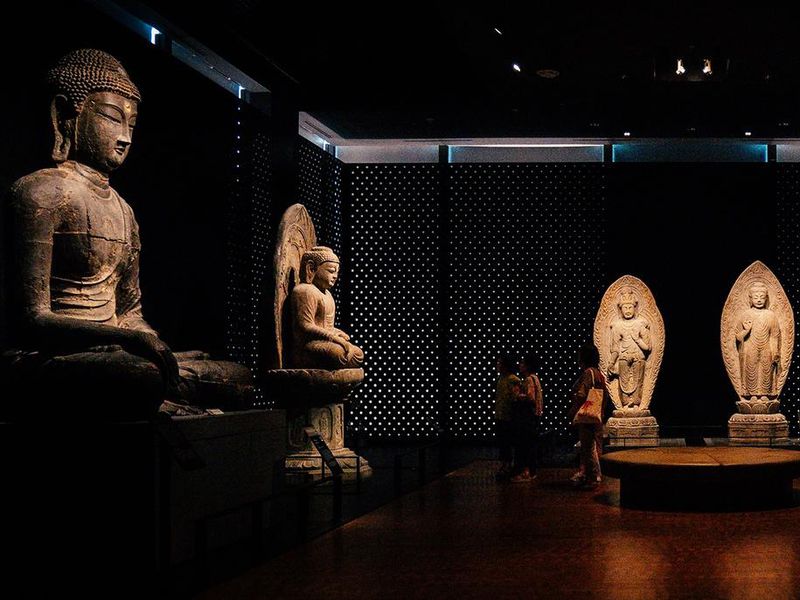
Gamache’s makeover symbolizes Busan’s new-found creative, cultural and entrepreneurial energy which has blossomed all over the city. See this energy in its world-class museums, …galleries, …and festivals.
Shinsegae
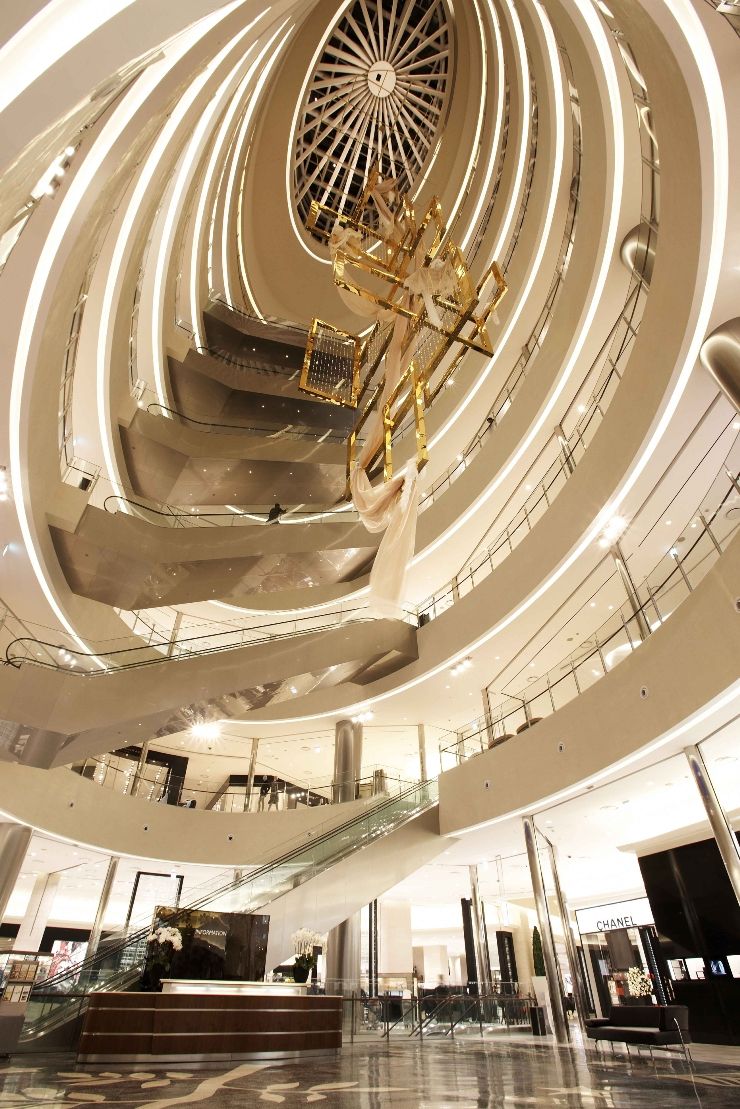
Hear it, in the happy bustle of its shopping streets, and across the three-million-square-feet of the world’s largest department store. Smell it; Taste it, in a cuisine which lures foodies and seafood lovers from all over the globe.
Dadaepo Sunset Fountain of Dreams
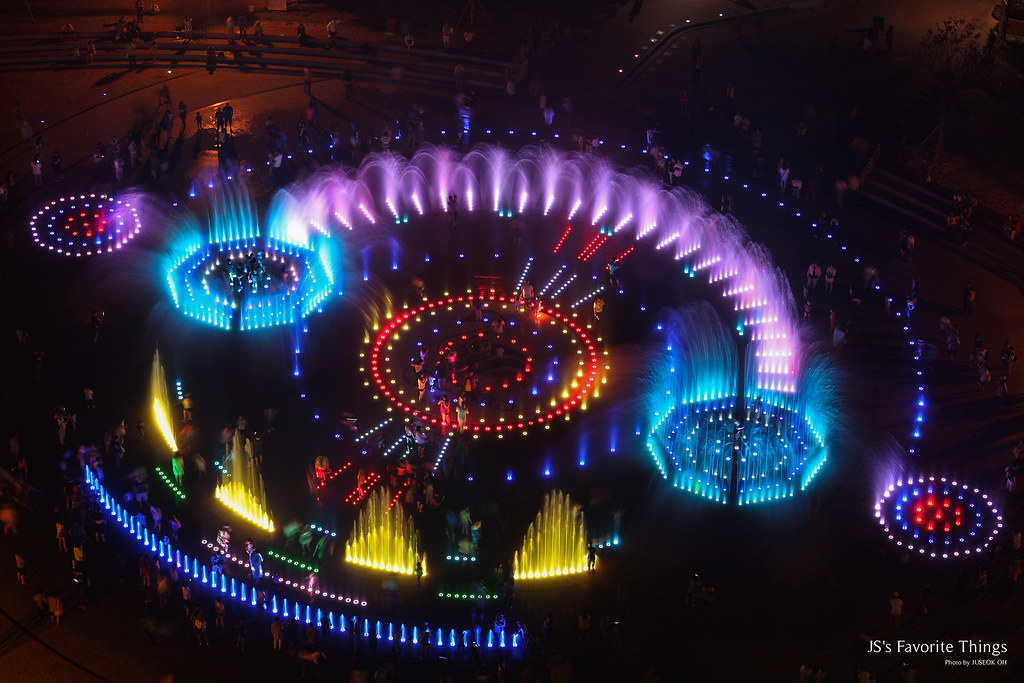
And feel it, as the city erupts in light each night, just like the displays of its annual lantern festival.
Conclusion
After centuries of keeping enemies from its gates, and decades of hardship and toil, this rollicking port town has, at last, come into its own.
Today’s Busan is a bridge, perfectly connecting the past and future into a very special now. Welcome to Busan, a feast for all the senses, and the soul.
